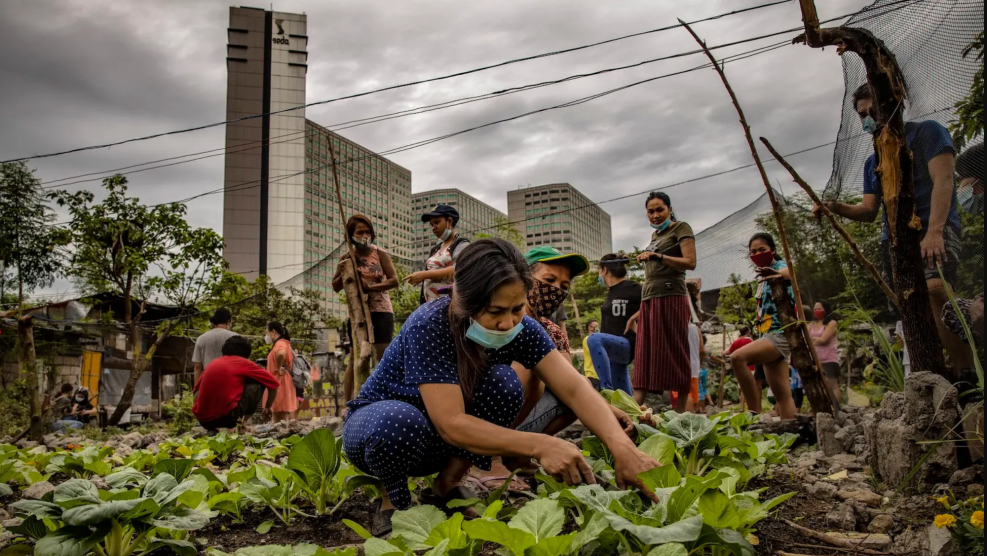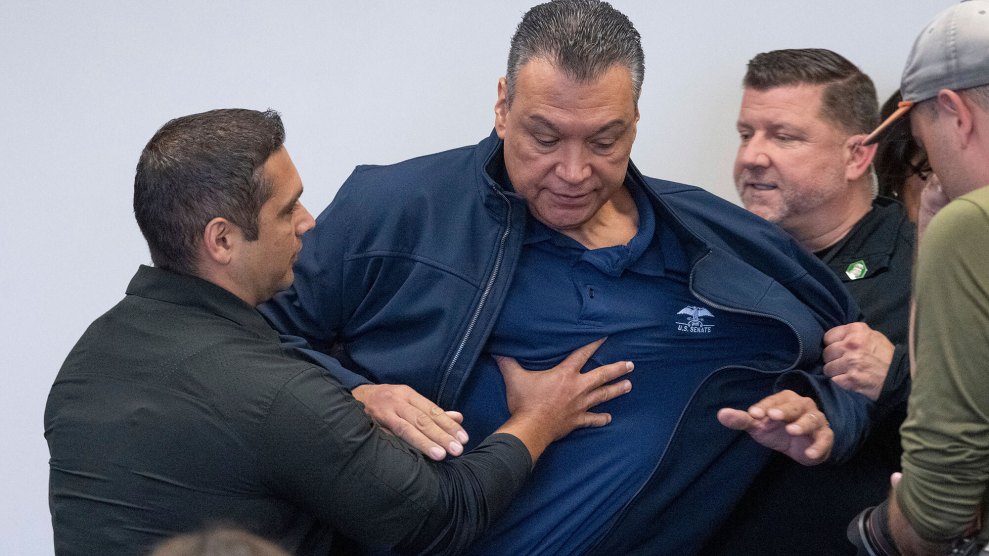
Courtesy Martin Boyce
In the early morning hours of June 28, 1969, an uprising at The Stonewall Inn in Manhattan’s Greenwich Village ignited a new phase in the LGBTQ rights movement that inspired similar movements across the United States and the world.
But for Martin Boyce, a restless gay 21-year-old looking to party, it was just another summer night.
“Dancing was the thing,” he told me when we caught up on a recent weekday in a park opposite the bar. Stonewall had a great jukebox, which made the bar like a gay Noah’s Ark. There were a few of everyone in there.”

Martin Boyce
Stonewall’s windows were painted for privacy. The bar didn’t have running water. Regulars knew better than to swig a beer without wiping it down first. “When the lights went on, it was heinous,” he said. In other words: perfection.
Boyce, now 71, was then a “Scare Drag,” a more androgynous look than the typical drag queen. With his long hair tucked behind his ears, he would sit on a bench in the park across from Stonewall while someone drew on eyeliner and dabbed blush on his cheeks. “It was a city sport to beat gay people. The police wouldn’t help you,” he said. “The point was to get there, never to get beaten up on the way there.”
But that night, when Boyce and his posse turned up, they were turned away because Stonewall was overcrowded. They resigned themselves to a nearby stoop to smoke cigarettes.
Then: commotion. “Somebody rushed by and said something about a raid,” Boyce said.
Listen to Martin Boyce recollect the night the Stonewall riots began, on this episode of the Mother Jones Podcast:
This wasn’t uncommon. It was illegal in New York to knowingly serve “homosexuals,” and gay bars operated without a liquor license. This involved greasing wheels by the mafia. That night, police entered Stonewall without a warrant, as usual, and arrested 13 people.
Boyce and his friends had left the stoop to investigate the commotion and were standing outside of Stonewall on Christopher Street when a cop told them to leave. They had always left. But this time they didn’t. They took steps toward the cop, who wielded his baton high.
“Whatever was in our eyes, he blinked, he gulped, he turned around and headed for the door [to go into Stonewall],” Boyce said.
Then glass shattered, and trash burned, Boyce recalled. First people started throwing pennies because the police were “coppers.” Things got physical. “You heard flesh and bone against metal,” Boyce said.
“The riot was on: Twirling, swirling, smelling of sweat and burnt cloth and burnt wood, and haze and color; people twisted and turned like a kaleidoscope,” Boyce said.
He knew there was no going back. “You didn’t think, you just fought.”
Meanwhile, a 22-year-old rookie Village Voice reporter named Lucian Truscott was walking to the Lion’s Head, a nearby bar haunted by his fellow writers and journalists.
When Truscott turned the corner on Waverly Place and Christopher Street he saw a group of about 100 people gathered across the street from the bar.
Riots usually happened in Harlem or Newark, Truscott told me, not in Greenwich Village—so he immediately took notice. “Riots had to do with race. They didn’t have to do with sexual orientation,” he told me.
No video of what happened next exists. Only one photo from the first night taken by the Daily News’ Joseph Ambrosini and Village Voice photographer Fred W. McDarrah captured four photos from the second night.
The article Truscott filed on July 3, 1969, for the Village Voice wasn’t perfect, he admitted. He used the word “faggot,” which enraged protesters, so much that they picketed outside the newspaper’s office. From then on, the Village Voice stopped using the word “fag” and replaced it with “gay,” he said.
Back on the streets, Martin Boyce and his friends were caught up in the melee. Luckily, that night Boyce had worn flats, instead of his usual heels, making it easier to run from the police. The farther away from Stonewall they ran, the quieter the streets became, until, finally, he arrived home.
While Stonewall still stands, most of Boyce’s friends that participated in the uprising are gone: Congo Woman, Dead Frog Jerry, Mary Queen of the Scotch, Captain Faggot. Boyce said they were all gone by the end of the ‘80s, some from complications of HIV/AIDS, others just seemed to disappear.
“It was a bunch of queens that really did start the thing,” Boyce said. “They wouldn’t have been able to carry the torch—you needed gays in suits. But they lit the torch, and I think they should be given full credit for that.”

















